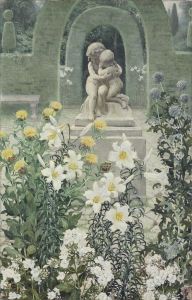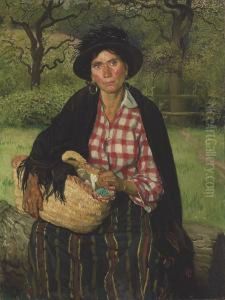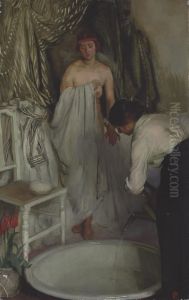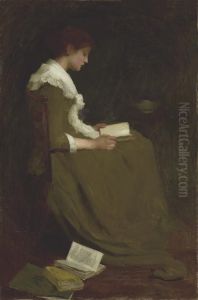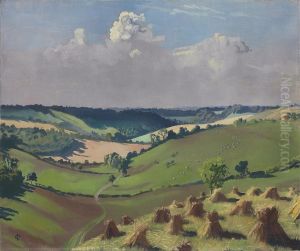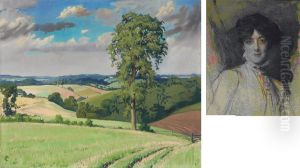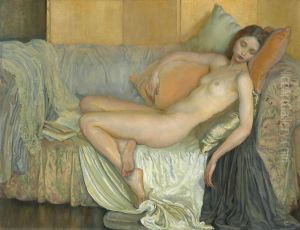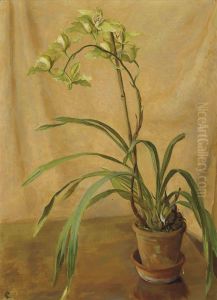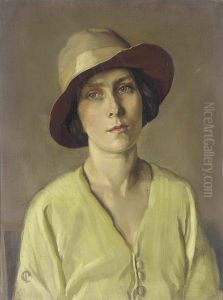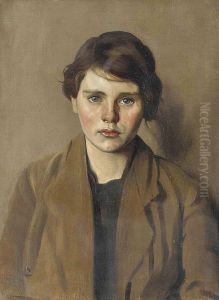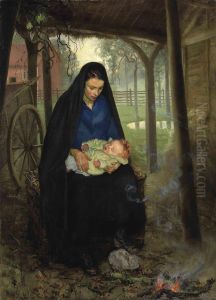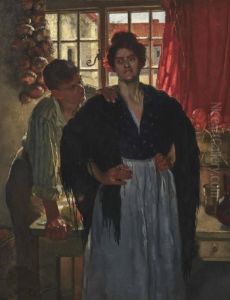Isabel Codrington Paintings
Isabel Codrington, born in 1874, was a remarkable British painter whose career spanned over six decades, from the late Victorian era through the Edwardian period and into the early 20th century. Codrington developed a distinctive style that combined elements of traditional British art with the influences of Impressionism and Post-Impressionism, reflecting the dynamic changes in art that characterized her time.
Educated at the Slade School of Fine Art, one of the most prestigious art schools in London, Codrington honed her skills under the guidance of some of the leading artists of her day. She was known for her meticulous attention to detail, a characteristic evident in her portraits, landscapes, and mythological scenes. Despite the constraints placed on women artists at the time, she managed to carve out a successful career, exhibiting her work at various prestigious venues, including the Royal Academy of Arts.
Codrington's work often explored themes of femininity, mythology, and nature, imbuing her subjects with a sense of depth and emotional complexity. Her paintings are celebrated for their vibrant color palette, intricate compositions, and the ability to capture light in a way that brings her scenes to life.
Throughout her career, Isabel Codrington faced the challenges of being a woman in a male-dominated art world. Despite these obstacles, she received critical acclaim for her work and was a member of several art societies, including the Society of Women Artists. Her paintings were also exhibited internationally, earning her a reputation beyond the shores of Britain.
The outbreak of World War I and the subsequent societal changes had a profound impact on Codrington's work. She volunteered as a nurse during the war, an experience that influenced her art, leading her to produce works that reflected the tumult and trauma of the time.
Isabel Codrington's legacy as an artist is significant, not just for the quality and beauty of her work, but also for her perseverance and success in a period when female artists struggled for recognition. Her paintings remain a testament to her skill, vision, and the unique perspective she brought to the British art scene. Codrington passed away in 1943, leaving behind a body of work that continues to be celebrated for its contribution to the rich tapestry of British art history.
